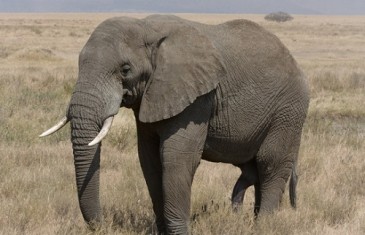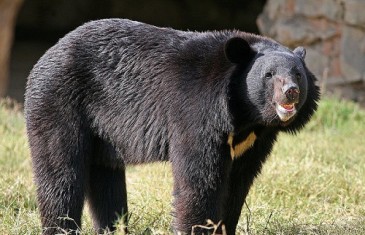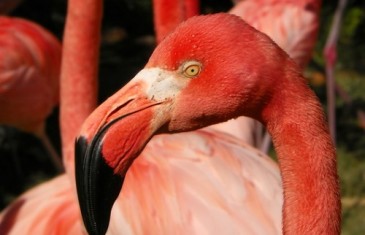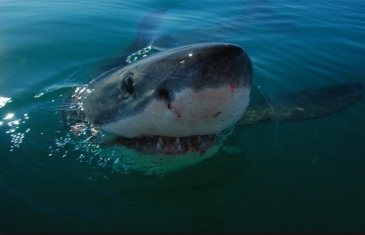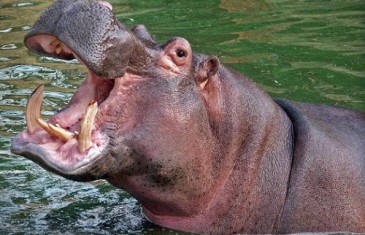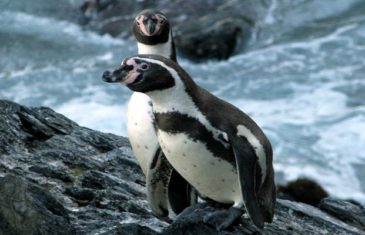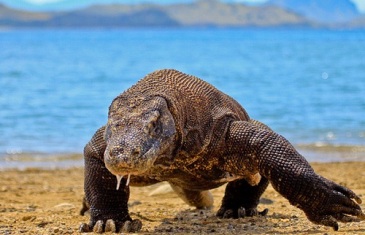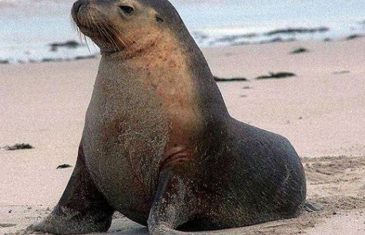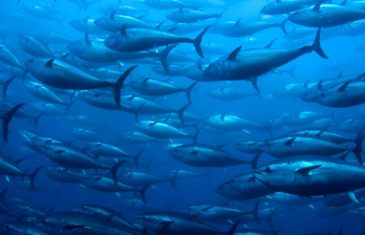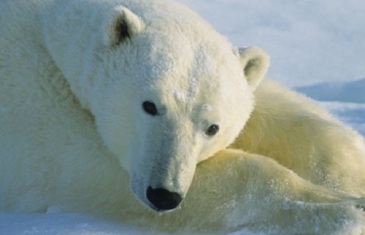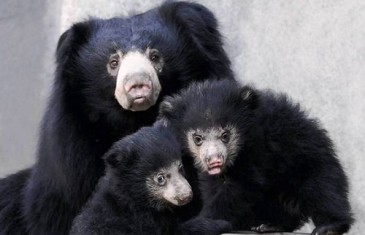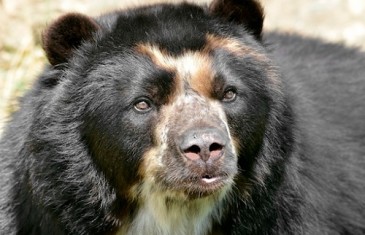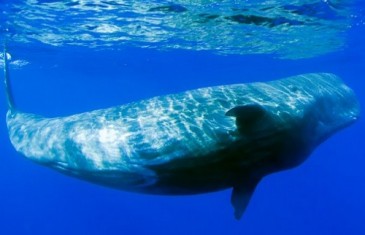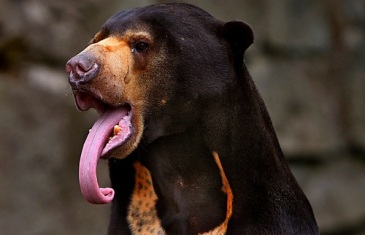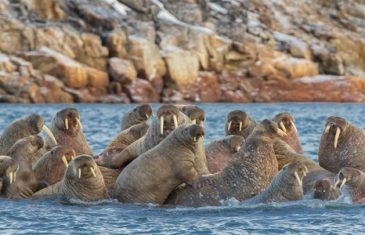Name Common name: African Scientific name: Loxodonta africana Physical Features African elephants are the largest and heaviest on earth. They have larger ears than the and they are shaped like the continent of Africa. Each ear can measure 4 ft or 1.2 m across. Their large ears are used to control their body temperature. They […]
Read moreTaxonomy Kingdom: Animalia Phyllum: Chordata Class: Mammalia Order: Sirenia Family: Trichechidae Genus: Trichechus Species: Trichechus inunguis o o Name Common name: Amazonian manatee, South American manatee, Amazon sea cow. Scientific name: Trichechus inunguis. Physical Features The Amazonian manatee is the smallest of the three living species of the Trichechus genus, the West Indian manatee […]
Read moreTaxonomy Kingdom Phylum Class Order Family Genus Species Animalia Chordata Mammalia Carnivora Ursidae Ursus Ursus thibetanus 0 0 Name Common Name: Asiatic black bear, Asian black bear, Himalayan Black bear, Tibetan black bear, moon bear. Scientific Name: Ursus thibetanus Distribution and Habitat The Asiatic black bear has a wide distribution. Its range covers southeastern Iran, […]
Read moreTaxonomy Kingdom Phylum Class Order Family Genera Animalia Chordata Mammal Proboscidea Elephantidae Loxodonta Elephas 0 0 Distribution and Habitat There are two subspecies of elephants: and Asian elephant (Eliphas maximus). are distributed throughout sub-Saharan Africa and found in 37 countries. Asian elephants are found throughout South Asia and Southeast Asia. Elephants need a vast habitat […]
Read moreo o Population and Conservation Status Chilean flamingo (Phoenicopterus chilensis) – Near Threatened. The Chilean flamingo breeds erratically and irregularly. The IUCN estimates a total population of 300,000 individuals. Caribbean flamingo (Phoenicopterus ruber ruber) – Least Concern. This species has a large range with an increasing population. Lesser flamingo (Phoeniconaias minor) – Near Threatened. Decreasing […]
Read moreTaxonomy Kingdom Phylum Class Order Family Genus Species Animalia Chordata Reptilia Testudines Testudinidae Chelonoidis Chelonoidis nigra 0 0 Name Common name: Galapagos tortoise, giant Galapagos tortoise. The word tortoise is usually used for terrestrial turtles in the family Testudinidae. Scientific name: Chelonoidis nigra Physical Features Galapagos tortoises are the only surviving lineage of giant turtles […]
Read more0 Taxonomy Kingdom: Animalia Phylum: Chordata Class: Chondrichthyes Order: Lamniformes Family: Lamnidae Genus: Carcharodon Species: Carcharodon carcharias Name Common name: Great white shark, white shark, white pointer or great white. Scientific name: Carcharodon carcharias. 0 Physical Features The white shark has a dorsal fin on top of its body, two pectoral fins at the bottom […]
Read moreTaxonomy Kingdom: Animalia Phylum: Chordata Class: Mammalia Order: Artiodactyla Family: Hippopotamidae Genus: Hippopotamus Species: Hippopotamus amphibious 0 0 Name Common name: Common hippopotamus, river hippopotamus, Nile Hippopotamus, large hippo. Scientific name: Hippopotamus amphibious. Hippos from the Greek word “horse”, potamos from the Greek “river or rushing water”. Physical Features The common or river hippopotamus is […]
Read moreKingdom Phylum Class Order Family Genus Species Animalia Chordata Aves Sphenisciformes Spheniscidae Spheniscus Speniscus humboldti Did you know? Humboldt penguins are named after the Humboldt current, a nutrient rich current of cold water current that runs along the coast of South America from northern Peru to the south of Chile. Conservation Status The Humboldt penguin […]
Read moreTaxonomy Kingdom Phylum Class Order Family Genus Species Animalia Chordata Reptilia Squamata Varanidae Varanus Varanus komodoensis , . A Komodo dragon in the Komodo National Park in Indonesia. Name Scientific name: Varanus komodoensis Common name: Komodo dragon, land crocodile. Habitat and Distribution Komodo dragons are native to the archipelago of Indonesia to the islands of […]
Read moreo Interesting facts Of the 9 species of fur seals in the world’s oceans only the Northern fur seal lives in the northern hemisphere. Northern fur seals are more closely related to sea lions than to true seals, both have external earflaps, which true seals lack. They also have the ability to walk on all […]
Read moreInteresting Facts There are three types of bluefin tuna: Pacific, Atlantic and Southern. Tokyo Tsukiji Market is the largest wholesale market of bluefin tuna. In 2013 a 222 kl tuna was sold for $1.8 million or $8,000 a kilogram (2.2 lb). About 80% of the Atlantic and Pacific Bluefin Tuna is consumed in Japan. As […]
Read moreTaxonomy Kingdom Phylum Class Order Family Genus Species Animalia Chordata Mammalia Carnivora Ursidae Ursus Ursus maritimus 0 0 Name Scientific name: Ursus maritimus Common name: White bear, ice bear, polar bear. Distribution and Habitat The polar bear is distributed throughout the Arctic Circle and surrounding areas. Their range is limited by the extent of sea […]
Read moreTaxonomy Kingdom Phylum Class Order Family Genus Species Animalia Chordata Mammalia Carnivora Ursidae Melursus Melursus ursinus 0 0 Name Common name: Sloth bear. Scientific name: Melursus ursinus Sloth bears are not related to sloths. George Shaw, a European zoologist, believed they were related. He named this species for features they share with tree sloths such […]
Read moreTaxonomy Kingdom: Animalia Phylum: Chordata Class: Mammalia Order: Carnivora Family: Ursidae Genus: Tremarctos Species: Tremarctos ornatus . . Name Scientific name: Tremarctos ornatus Common name: Spectacled bear, Andean bear, jukumari (Aymara), ukumari (Quechua), Ukuku. Distribution and Habitat The spectacled bear is the only surviving bear species endemic to South America. Its distribution is concentrated in […]
Read moreName Common name: Sperm Whale, Spermacet Whale, Cachelot, Pot Whale. “Spermaceti”, the organ in the head of the whale which contains an oily liquid once believed to be sperm. Scientific name: Physeter macrocephalus. Physeter is derived from the Greek word for “blowpipe or blowhole” Macrocephalus is derived from Greek meaning “big head”. Conservation Status […]
Read moreTaxonomy Kingdom: Animalia Phyllum: Chordata Class: Mammalia Order: Carnivora Family: Ursidae Genus: Helarctos Species: Helarctos malayanus oName Scientific name: Helarctos malayanus. Common name: Honey bear, sun bear. Named for its distinctive sun like colored chest patch. Distribution and Habitat Its range covers the countries of Bangladesh, Brunei, Cambodia, China, India, Indonesia, Laos, Malaysia, […]
Read more0 Conservation Status Walruses have been part of the culture of many indigenous Arctic cultures for thousands of years. They have hunted them for their meat, skin, blubber, tusks and bones. During the 19th and early 20th century its population was rapidly depleted. The Pacific species has rebounded since then but the Atlantic and Laptev […]
Read more